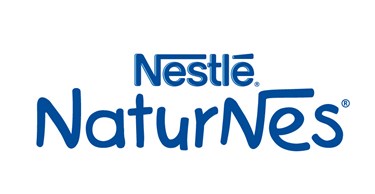Nestlé Brings Back Baby Food Line
By Isaac Fletcher, contributing writer, Food Online

With technological advancements and improvements in packaging automation, Nestlé reintroduces a line of baby food that was discontinued due to production inefficiencies
Between 1998 and 2009, Nestlé sold a line of shelf-stable meals for babies and young children. The product line was withdrawn, however, until Nestlé could figure out a better way to automate the way the product was packaged. With advancements in sensors, vision, and robotics systems, Nestlé engineers were able to do just that. On average, the plant, which is located in Werk Wieding, Germany, can produce 180 units of product per minute with just eight operators.
The product, NatureNes has packaging that consists of a plate, flexible lidding material, and a footed overcap with an in-mold label. Packaging for the NatureNes line begins on the floor above the filling and retorting equipment where two custom-built systems feed the plastic plates and overcaps to the floor below. The plates then ride a conveyor belt through three filling stations where cubed meat/poultry, vegetable mix, and sauce are fed onto the plates. At the third of these stations, the plates are heat sealed before they are picked up by another robotic system that begins the process of loading the units into trays and then into the retort crates, each of which holds 425 plates.
The shuttle then moves the plates to a retort bank to be cooked for roughly an hour, after which time the shuttle removes the retort crates from the cooking vessels and delivers them for secondary packaging. This packaging is performed by two more robots which conduct vision inspection, overcap application, and case packing.
One of the major steps toward engineering a better automated process is vision inspection. A vision system made by Luceo, an inspection solutions provider, examines the sealing area on all units of NatureNes. Should any product contamination be detected, the unit is rejected. The system also detects any unit that might have food product or sauce on the top of the lidding which consumers may find unappealing or a sign of poor quality.
That is not to say the system initially functioned flawlessly. Nestlé and Luceo had to work together to develop a graphic for the product that would be better suited for an automated process. Originally, the graphic was printed with a very dark blue ink, which was difficult for the camera system to see through to properly inspect the product. A simple shift in hue to a lighter blue solved the issue, allowing the system to view through the ink and ensure product quality.
Each element of this system was carefully engineered and built or customized specifically for this packaging process. The system relies heavily on automation which, even though working out kinks and optimizing performance took some effort, functions quickly, efficiently, and with minimal human operation.
